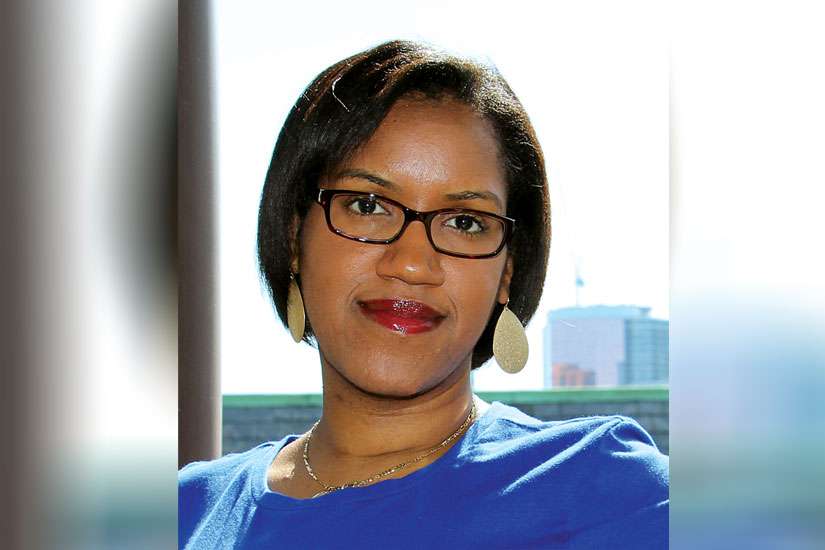As I recall the tense exchange between me and this journalist, I realize that the history of African-Americans who helped build this continent, by will or by force, dominates Black History Month’s narrative, and necessarily so. The Underground Railway began in the United States and ended in Canada, after all. But the history of American slavery and its lingering effects is not all that Black History Month can and should be.
Would the journalist have been just as angry if I didn’t know the name “Garifuna”?
The Garifuna are ancestors of black African slaves who escaped near the island of St. Vincent in the 1600s and intermarried with Carib Indians in the Caribbean. The Caribs were originally indigenous to South America and some of their ancestors exist today and identify under the name Kalinago.
But the darker-skinned Garifuna people were forcibly relocated by the British to the island of Roatan in Honduras and over time also settled in Belize and Nicaragua.
A cousin of mine married a Garifuna girl in New York City, which currently sustains a significant population of her people. But most people who look at her would only think of her as black.
In New York, I was introduced to another name: “Semba.” I wonder if the journalist would have yelled at me for not knowing this one too?
Semba, the precursor of Samba, is a dance born in Angola, a former Portuguese colony in Africa. It’s a fast, fun partner dance, with some of its moves evolved by kids who grew up dancing it in their flip flops in the streets.
The more I look into the creation of Semba, a dance that also exists in Toronto, the more I learn about Angolans, their hard-won independence from Portugal, and the more I fall in love with their Portuguese-language music married to African beats.
But without speaking to an Angolan, most people would only know them as black.
Being black in North America, in Canada and in Toronto is not tied to only one aspect of history or one experience of blackness. It is diverse and complex and fascinating. It’s filled with tragedy and joy, like anyone else’s history. It’s so rich in content that Black History Month this year never needs to be a complete repeat of Black History Month last year. Anyone willing to learn only has to look into the nuances that define his or her local black population. In the Greater Toronto Area, for example, many black people trace their roots to the West Indies — another name to add to the list.


